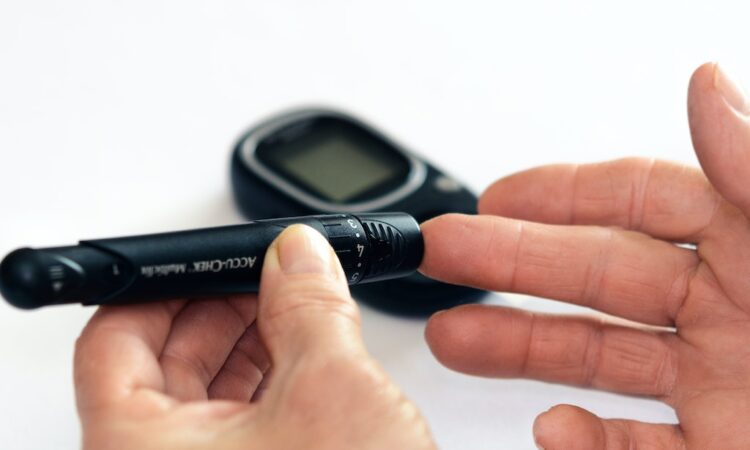
Diabetes mellitus, also known as diabetes, is a metabolic disease that leads to high blood sugar. The hormone insulin transports sugar from the blood to your cells, where it can be used for energy or stored. With diabetes, your body either can’t effectively use insulin or doesn’t make enough insulin. High blood sugar from diabetes can damage your kidneys, nerves, eyes, and other organs.
There are 5 types of diabetes:
– Type 1 diabetes is an autoimmune disease where the immune system attacks and destroys the cells in your pancreas, and this is where insulin is made.
– Type 2 diabetes occurs when sugar builds up in your blood and your body becomes resistant to insulin.
– Prediabetes is a condition when your blood sugar levels are higher than normal, but not enough to be diagnosed as type 2 diabetes.
– Gestational diabetes causes high blood sugar during pregnancy, due to the insulin-blocking hormones produced by the placenta.
– Diabetes insipidus is a rare condition in which your kidneys remove too much fluid from the body.
Symptoms of Diabetes
Some of the general symptoms of diabetes include:
– Blurry vision
– Increased thirst
– Extreme fatigue
– Weight loss
– Increased hunger
– Sores that don’t heal
– Frequent urination
In addition to the symptoms above, men with diabetes may have poor muscle strength, decreased sex drive, and erectile dysfunction (ED).
Women with diabetes may show symptoms like yeast infections, dry, itchy skin, and urinary tract infections.
Type 1 Diabetes
Some of the symptoms of type 1 diabetes are as follows:
– Tiredness
– Extreme hunger
– Blurry vision
– Unintentional weight loss
– Increased thirst
– Frequent urination
– Mood changes
Type 2 Diabetes
Some of the symptoms of type 2 diabetes can include the following:
– Increased urination
– Sores that heal slowly
– Increased thirst
– Tiredness
– Increased hunger
– Blurry vision
– Recurring infections (elevated levels of glucose make it harder for the body to heal).
